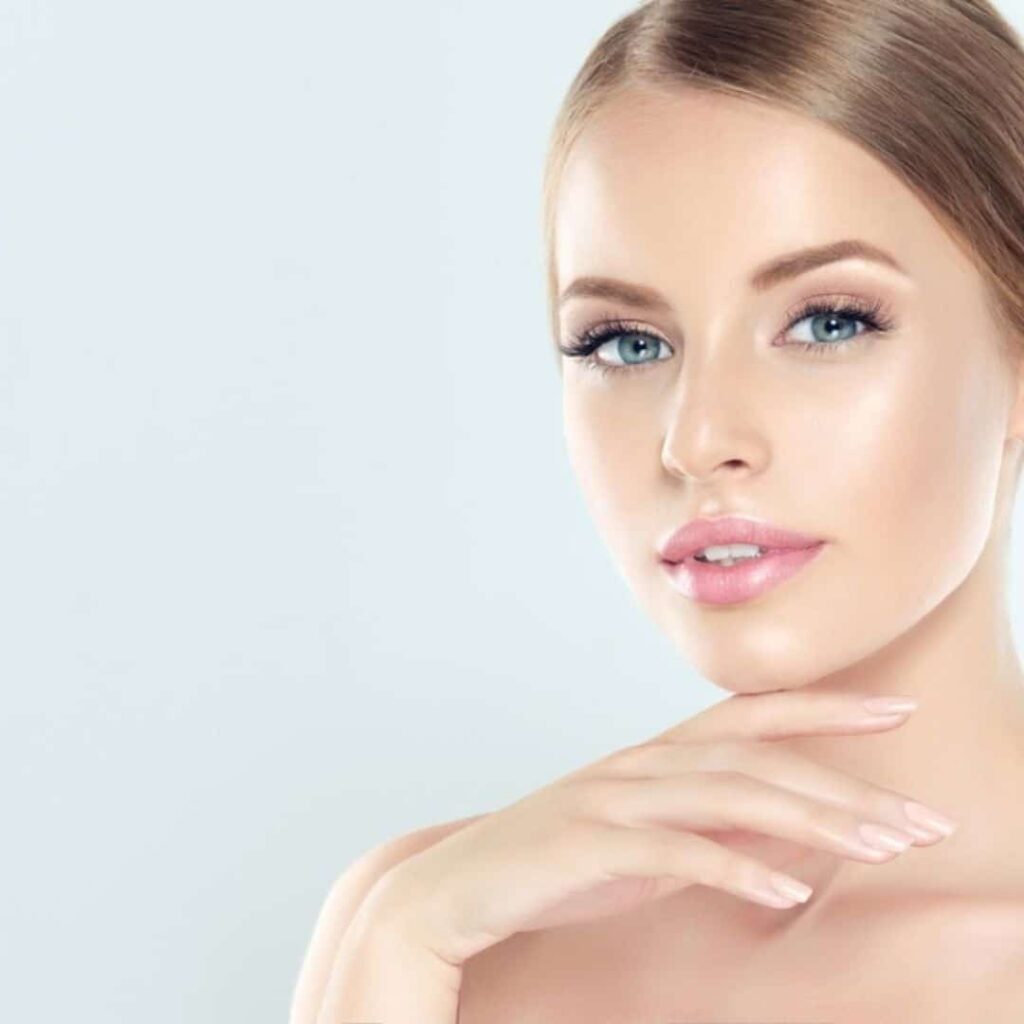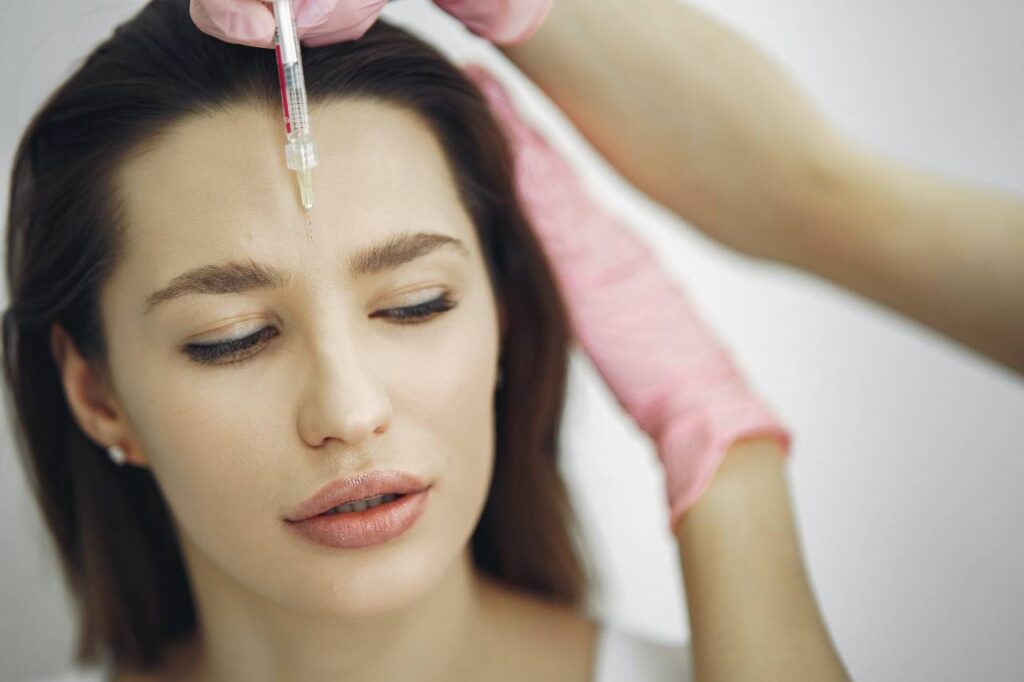Botox treatments are used for a wide variety of cosmetic and medical conditions, but its primary use nowadays is as an anti aging remedy by both men and women, and for good reasons.
As there seems to be quite a good amount of buzz around aesthetic indications of Botox, it looks like medical indications of Botox are definitely undermined. Botox has been used for medical indications for a much longer time than its aesthetic indications. In fact initial use of Botox goes back to the 1980’s when first it was used to treat Strabismus (crossed eyes).

Conditions Treated With Botox
1. Torticollis (twisted neck or wry neck)
This condition is characterized by involuntary muscle contractions caused by the muscles in the neck which in turn leads to extension or flexion of the neck to one side past its normal position. This usually causes twisting or tilting of the neck to an awkward position. It has a familial form called “Spasmodic torticollis” as it usually starts with transient spasms which later on if left untreated become permanent. This condition can be caused by acute trauma, adverse reactions to medications, or gradually over time if there is a family history.The most common reason people end up getting neck spasms is because of poor posture, stress, or injury.
In the case of Chronic and hard to treat torticollis Botox injections are often used in combination with physical therapy to reduce the amount of chronic pain and disability patients usually experiences due to this condition. Botox plays a significant role when it comes to reducing muscle contractions and helping your neck muscles stay relaxed.
It is also worth noting that physical therapy will also help maintain flexibility and you will eventually no longer need the Botox injections after you have fully recovered.
2. Migraines
If you have ever experienced an episode of migraine attack then you know that many people can’t relate to the pain and discomfort one experiences with this condition however, recent medical advancements have allowed us to start using more effective medicines to treat Migraines and yes, Botox is now being used to treat migraines as well.
If you’re a chronic migraine sufferer, and have more than 5 episodes of moderate to severe migraine that do not respond to usual treatments of migraine then you will probably need to receive a Botox treatment about once every three months. Appropriate use of Botox in patients with migraine has shown a high success rate in decreasing migraine attacks in addition to other symptoms associated with migraine.
For example, Onabotulinum toxin A (Botox) has been shown to reduce nausea, vomiting, sensitivity to light, and sensitivity to sound. Botox isn’t a cure for migraine headaches by any means, but it can make your migraine headaches way more manageable.
3. Excessive Sweating
Excessive sweating or hyperhidrosis is categorized into two different types: Primary and Secondary:
- Primary hyperhidrosis or focal hyperhidrosis causes excessive sweating in the hands, feet, armpits, and face without any apparent reason like exposure to heat. Particularly patients suffering from excessive sweating under armpits and hands usually have a genetic predisposition and lose their ability to turn off the signal to the sweat glands.
- Secondary hyperhidrosis (also called generalized hyperhidrosis) often has an underlying medical cause and contrary to the primary type it is defined by excessive sweating all over the body or in a larger area of the body. Secondary type is usually caused by excessive heat as well as medical conditions for example hyperthyroidism (overactive thyroid gland) or use of medications.
Botox is now considered a viable treatment option for patients with primary hyperhidrosis that are not responding to prescription antiperspirants. Botox treatments work by essentially blocking a neurotransmitter (the chemical signal) that stimulates the sweat glands.
If your sweating is barely tolerable or intolerable and it frequently or always interferes with your daily activities you are a candidate for Botox treatments.
4. Overactive Bladder
Botox is also used on patients that suffer from overactive bladders who can’t use normal medications designed for this condition. Once Botox is injected into the bladder, it causes the bladder muscles to relax, which effectively allows the bladder to store more urine than it normally would. This has helped many patients over the years to reduce the chance of urinary incontinence and has helped them increase their overall quality of life, confidence and self-esteem.
5. Strabismus or Crossed Eyes
Believe it or not, botox is often injected right into the muscles around the eyes of the patients who have strabismus. Strabismus is mainly caused by overactive muscles that control the eye movements. Botox causes the eye muscles to relax and temporarily prevents the eyes from becoming crossed.
6. Eyelid twitching or Blepharospasm
Blepharospasm is abnormal and involuntary blinking or twitching of muscles of the eyelids. One of the causes of this condition is abnormal signals that are generated in a particular portion of the brain called the basal ganglia but it is not known why this part would malfunction is this way although at times this condition is tied to genetic problems and can be seen in family members of affected individuals.
Botox may be injected into the eyelid of patients who suffer from Blepharospasm as an effective treatment option who have been diagnosed with these conditions.
7. Cosmetic applications: These are discussed in another blog post where we dive into what cosmetic issues can be addressed with botox treatment in more detail including less known indications.
Thank you for reading my latest blog post on Botox treatments, and until next time!
Dr. Moazemi



